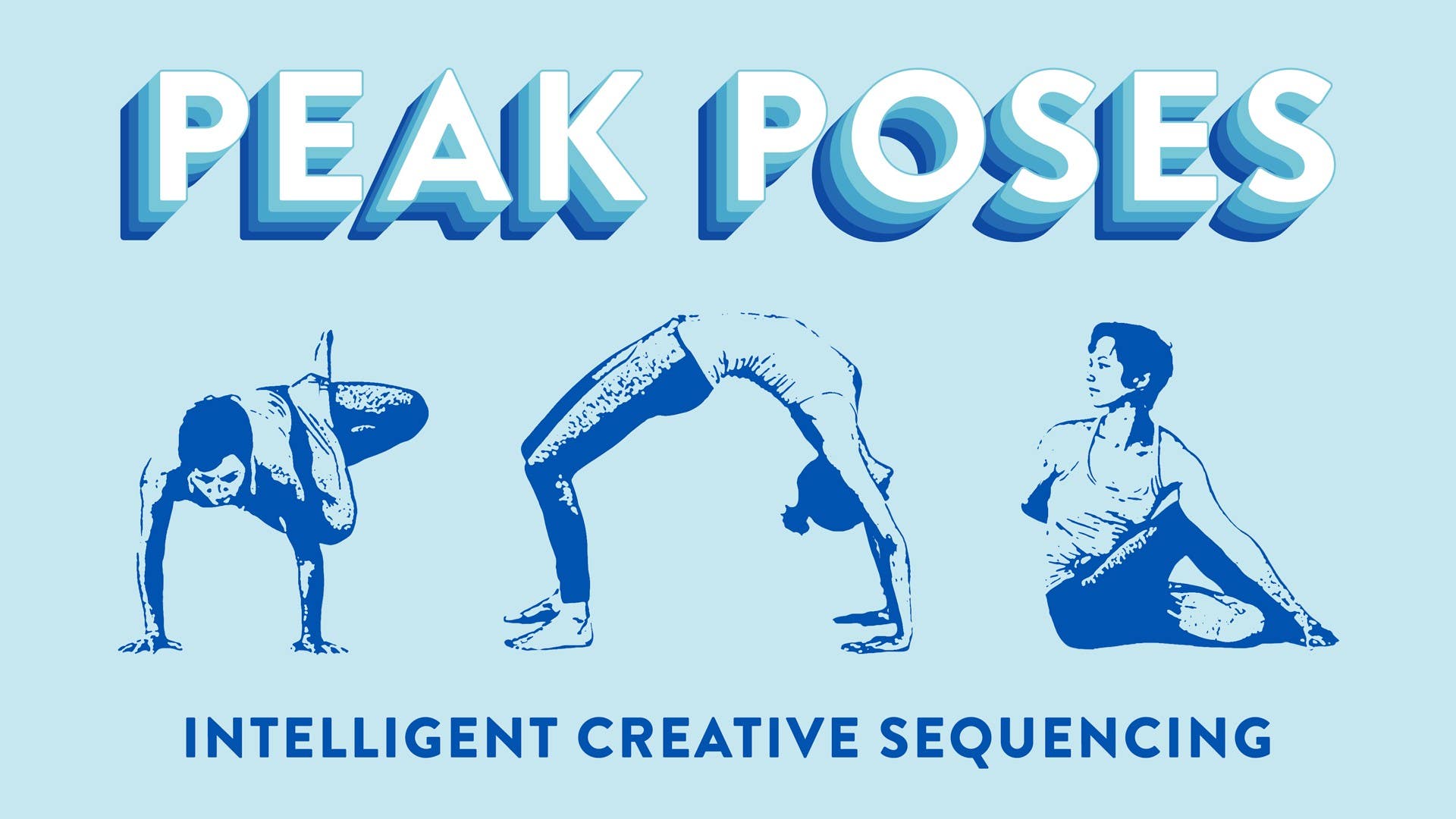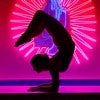Description
About This Video
Transcript
Read Full Transcript
Welcome yogis. All right. We're going to go over together the transition from plank to chaturanga to upward-facing dog, and we're going to be focusing on what to do with our feet. I see with a lot of my students that there is kind of this forgetting of what's going on back there because there's such a focus in the shoulders, which is important, but I think that the feet is really the base of the pose and it's what propels us into the shape. So let's get started.
I'm going to turn this way so that you can see my feet back behind me. We're just going to start to wake the feet up, turn your left toes towards the corner of your mat, place the bony part of your right foot and the arch of your left foot and sit back. This is totally made-up yoga from my teacher, Christina Salle. We foot smoosh a lot, and then you move that bony part of your foot along the inner arch, and you're going to find some places where it gets interesting and stay there with what's interesting until you start to feel a little bit of a change. Good.
And then we'll switch, lean forward, turn your right toes so that they face the corner of your mat, place the arch of your left foot right in there, and then you move around. So it's not static until you perhaps find that place where it feels intense and interesting. It's like a little bit sketchy. It's the only time ever you should stay in a sketchy place. It's when you're massaging your feet, doing something yoga-like.
Good. And then you're going to lean forward, tuck your toes back behind you, take the heels of your feet towards one another, and then come to sit in broken toe. Sometimes our pinky toes want to sort of glue into the rest of our foot so you can take your hands and rest them back. And here, many people prefer to lean forward a little bit if this is intense on your feet, or go ahead and lean back if you've been doing this for a while, and then reach from the toes of your feet up into the arch and then up into the heel, and then imagine that there's an arrow shooting out from the arch of your foot into the back of the room. And it usually feels quite lovely.
Good. And then release, come forward, we're going to come right into plank pose. So placing your hands underneath your shoulders, stepping one foot back, and then the other. And we're going to push down into our hands, round between our shoulder blades. Don't lift your butt up.
You don't want to do that. And you're going to simply roll simply. You're going to actually, it's very difficult, but do your best. Simply roll forward, and roll to the tops of your feet, and then roll back. And then roll forward to the tops of your feet, and roll back.
This takes some practice, so you probably won't get it on your first time, one more, and then back to plank, and then drop down to your knees and rest. You probably won't get that on your first time, and so just start adding it in every once in a while into your home practice, and pretty soon you'll be able to roll over all of the toes at once. Okay, back to plank pose. Here's the transition. You're on your toes, you're on the balls of your feet, feeling all 10 toes on the floor.
You're moving the front of the chest a little bit forward, sliding your sitting bones back. Then you're going to shift forward to toe tips. All of my toes aren't even on the floor here. And then you're going to lower down, chaturanga, balance the weight in the center of the elbow joint, and then shift forward again, rolling over the feet like you just did in the plank pose transition. Let the pubic bone drop down, tops of the thighs release, strong, straight arms, head back, good, and then release.
Come back down to knees, rest. And here's what I would like for you to do is just start noticing. We see this transition a lot in our yoga practice, and what I think that happens when we do something a lot, it's kind of like when we're driving and we don't see what is around us anymore because we take the same route every day. So when we're taking this route in yoga, see if you can start to insert your attention into the transition and really pay attention to your feet. So it's that shift forward onto the toes, into your chaturanga, and then the shift forward again all the way to your upward facing dog.
Okay, friends, let me know how it goes. Thank you very much. Namaste.
Peak Poses: Audra Carmine
Comments
You need to be a subscriber to post a comment.
Please Log In or Create an Account to start your free trial.












